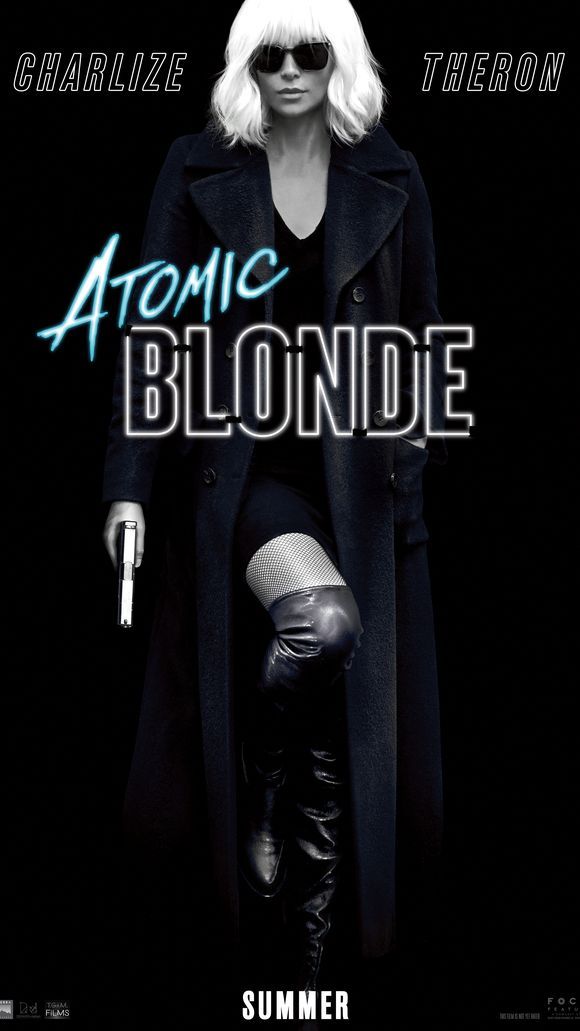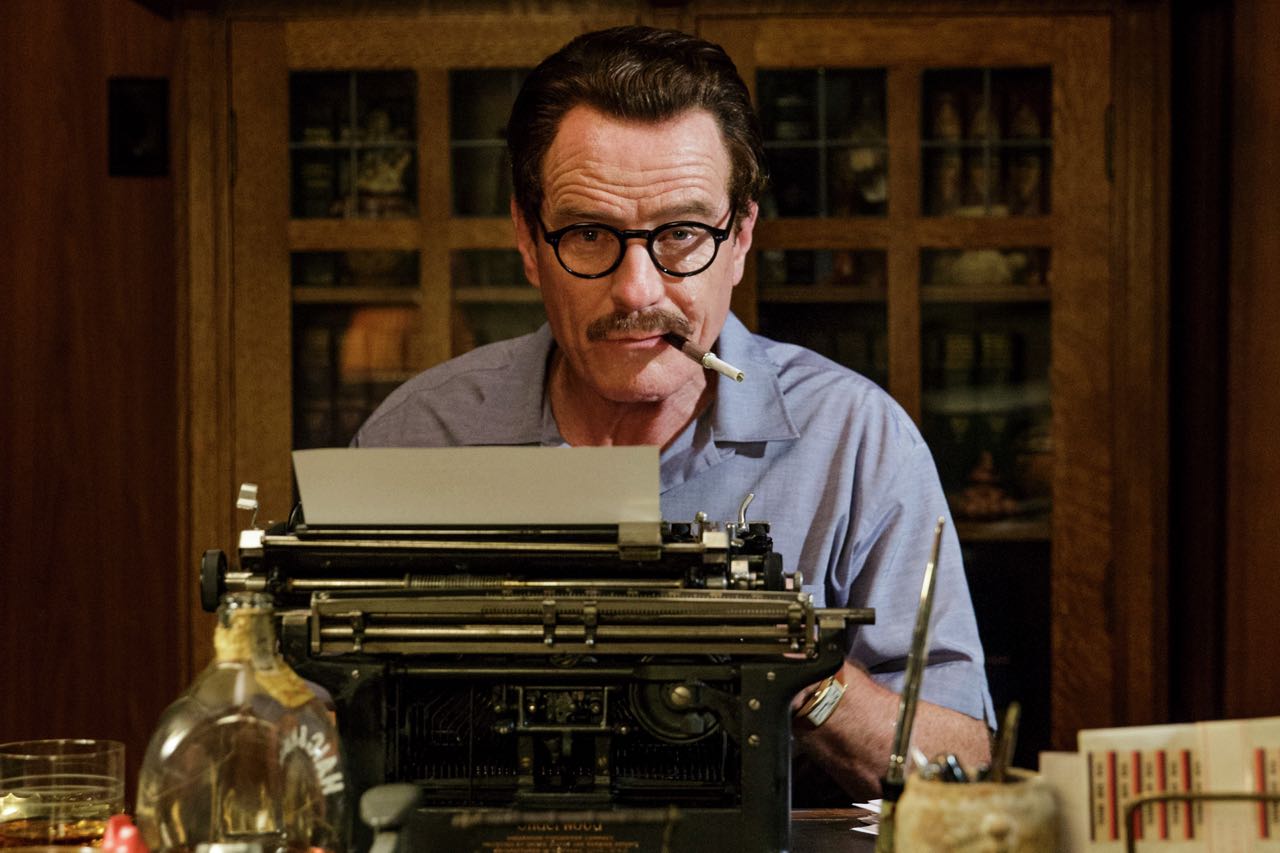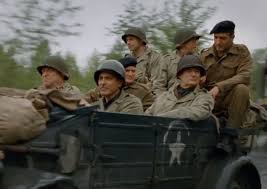Atomic Blonde
Posted on July 27, 2017 at 5:54 pm
C| Lowest Recommended Age: | Mature High Schooler |
| MPAA Rating: | Rated R for sequences of strong violence, language throughout, and some sexuality/nudity |
| Profanity: | Very strong and crude language |
| Alcohol/ Drugs: | Alcohol, pills, and cigarettes |
| Violence/ Scariness: | Constant peril and violence with stabbing, strangling, guns, explosions, murder, torture, and very disturbing images, many characters injured and killed |
| Diversity Issues: | None |
| Date Released to Theaters: | July 28, 2017 |

The film is based on Antony Johnston and Sam Hart’s 2012 graphic novel The Coldest City. Charlize Theron plays Lorraine, a British spy sent to Berlin in 1989, just as the Wall is about to come down. We see Ronald Reagan’s iconic “Tear down that wall!” moment and are told via title cards about the flowering of democracy in the Soviet bloc, then warned, “This is not that story.”
Most of the film is a flashback, as a badly bruised Theron cooly debriefs her MI6 boss (James Faulkner) and a representative from the CIA (John Goodman). A spy named James Gasciogne (Sam Hargrave) has been movie-killed during the opening credit sequence, meaning that he is handsome and has a chance to say some dashing spy stuff between being hit by a car and shot in the head.
Then we see Lorraine getting out of an ice bath, giving us a chance to see her bruises and her tush before going in for the debriefing, where she asks the CIA guy to leave, and he responds, “If it would make you more comfortable, I could stand behind the mirror but it’s a little crowded back there.”
She is sent to Berlin, her cover to pick up Gascoigne’s body (she cleverly inserts an error in the paperwork, knowing that will delay her return). Her contact there is a libertine named David Percival (James McAvoy). We know he’s a libertine because he looks scuzzy, plies people with expensive liquor from the west, and wakes up bleary with two naked women in his bed. And we know he can’t be trusted because Lorraine has been sent off with the stunningly original, “Don’t trust anyone.” And yet, on arrival she gets into a car with a guy who tells her that David sent him, but guess what? He turns out to be a bad guy, which gives Lorraine a chance to show us how the term stiletto heel can be literal. And everyone is after the movies’ most overused McGuffin, the crucial master list of spy names. Zzzzzzzzz. Why don’t they just stop compiling them?
The action scenes are well staged, as you might expect from a director who used to be a stunt man. But they are undermined by the lack of control of the movie’s tone and the relentless plodding through every spy movie convention, from the “You don’t know who you’re dealing with” speech and the “Who are you to judge me?” speech, to the stop everything to get all dressed up to go clubbing and sex with someone who is either there to betray you or to be killed because you were getting too close. Bill Skarsgård is a bright spot (can every movie please have a Skarsgård?). But the ultimate revelations about who is and is not to be trusted are unsurprising and unilluminating. Mostly, this film is a lot of smoking, strangling, shooting, and stabbing, with Charlize looking great and fighting like a badass. Because it tries to be more, instead of a stylish thriller it becomes a soggy mess.
Parents should know that this film has constant extremely graphic violence, stabbing, choking, shooting, punching, many characters injured and killed, many disturbing images and sounds, very strong and crude language, sexual references and explicit situation, nudity, and themes of betrayal.
Family discussion: Who is the most honest character in the movie? Do you agree with Lorraine’s decision about David?
If you like this, try: The “Bourne” movies, “John Wick,” and “Hanna”






